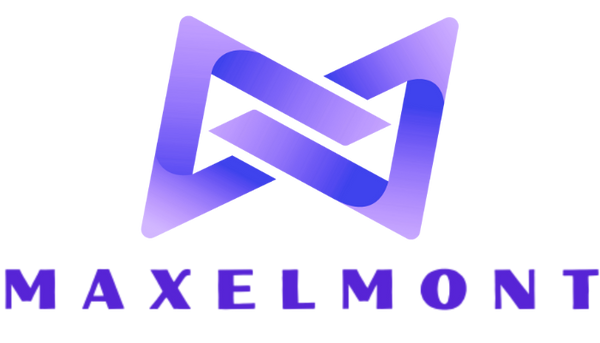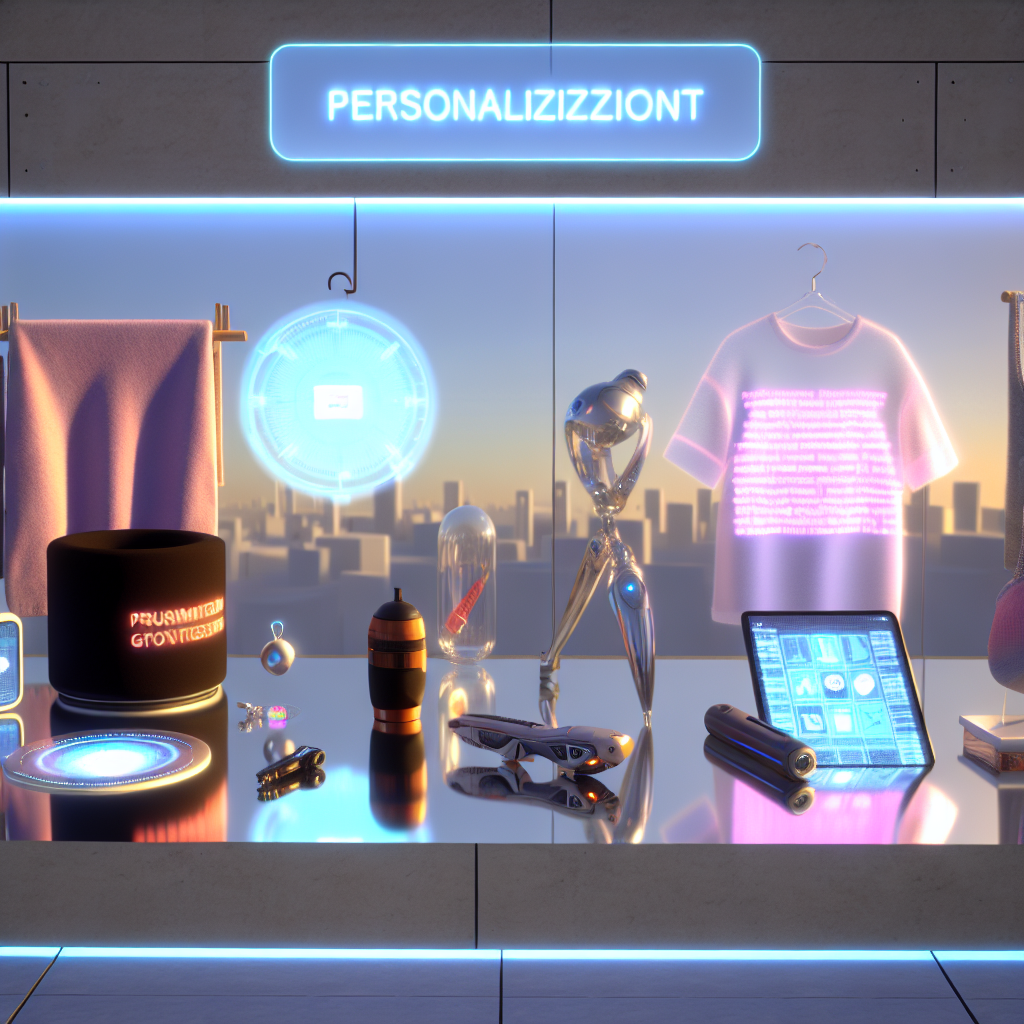Future Custom Products: Key Trends to Watch in 2025
As we move closer to 2025, the landscape of custom products is undergoing a tremendous shift. From advanced technologies to changing consumer preferences, numerous factors are shaping the future of personalized items. For businesses like Maxelmont, which specialize in creating unique designs on their products, understanding these trends is essential to stay ahead of the curve. In this post, we’ll dive into the key trends you need to watch in 2025 for custom products.
1. Rise of Eco-Friendly Materials
More than ever, consumers are demanding eco-friendly options in all aspects of their lives, including their custom products. By 2025, sustainable materials will no longer be a niche; they will be the standard. Brands offering personalized gifts and personal-use products will increasingly turn to sustainable materials such as organic cotton, recycled plastics, and biodegradable elements.
- Organic Cotton
- Recycled Plastics
- Biodegradable Components
These materials not only reduce environmental impact but also appeal to the socially-conscious customer, adding an extra layer of value to the custom products you offer.
2. Personalization through Artificial Intelligence
The application of Artificial Intelligence (AI) in the custom products sector is revolutionizing the way we offer personalized items. AI algorithms can analyze customer data to suggest personalized gifts that fit individual preferences, making the shopping experience more intuitive and satisfying.
- Data-Driven Personalization
- AI-Powered Design Suggestions
- Customer Behavior Analysis
For Maxelmont, integrating AI could mean showcasing designs that customers are more likely to love, thereby increasing conversion rates and customer satisfaction.
3. Augmented Reality for Previewing
Augmented Reality (AR) is set to change the way customers experience custom products before they buy. By incorporating AR technology, customers will be able to preview how their designs will look on various products in real-world settings.
- Real-Time Product Visualization
- Interactive Design Experiences
- Enhanced Customer Engagement
This will not only reduce the rate of returns and exchanges but also give customers the confidence to proceed with their unique, personalized gifts.
4. Blockchain for Provenance and Authenticity
Blockchain technology is increasingly being employed to ensure the authenticity and traceability of products. This trend will gain momentum in 2025, offering transparent and verifiable product histories.
- Transparent Supply Chains
- Proof of Authenticity
- Enhanced Trust with Consumers
For businesses like Maxelmont, blockchain can assure customers that their personalized products are genuine and ethically produced, adding another layer of trust and value to the brand.
5. Minimalist and Functional Design
The trend towards minimalist and functional design shows no signs of slowing down. Customers are increasingly looking for products that are not only beautiful but also useful. This means focusing on designs that combine aesthetics with functionality.
- Aesthetic Yet Functional Items
- Clean and Simple Design Elements
- Purpose-Driven Products
Adopting this trend can help in creating products that customers are more likely to use regularly, rather than items that end up as fleeting novelties.
6. Hyper-Personalization
While personalization has been a trend for a while, the coming years will see the rise of hyper-personalization. This involves using detailed customer insights to offer products that match individual preferences to an unprecedented degree.
- Customized Experiences
- Deep Personalization Insights
- Tailored Recommendations
By leveraging advanced data analytics and machine learning, companies like Maxelmont can create hyper-personalized experiences that leave a lasting impression on customers.
7. Interactive and Customizable 3D Printing
3D printing technology is setting new benchmarks in the realm of custom products. What was once a novelty has now become a robust, scalable solution for producing highly customized items.
- Instant Prototyping
- Custom Shape and Design
- Innovative Material Use
In 2025, we can expect 3D printing to offer even greater customization options, enabling customers to get hands-on with their designs and see them come to life in a matter of hours.
Conclusion
As we look to 2025, the future of custom products is shaped by technological advancements and evolving consumer preferences. For businesses like Maxelmont, staying up-to-date with these trends is crucial. Embracing eco-friendly materials, AI-driven personalization, AR previewing, blockchain authenticity, minimalist designs, hyper-personalization, and interactive 3D printing can dramatically transform your offerings and provide an exceptional customer experience. Keep an eye on these trends to ensure your custom products remain innovative and aligned with customer expectations.

